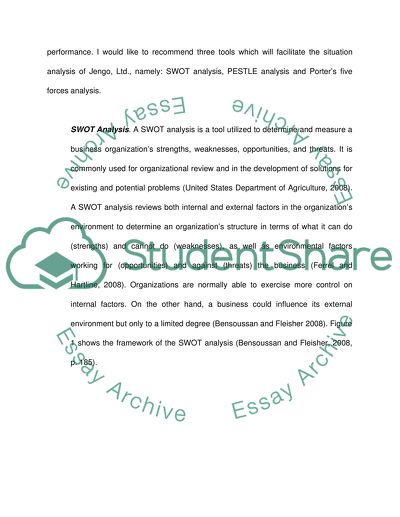Cite this document
(“Measuring Performance Essay Example | Topics and Well Written Essays - 2500 words - 1”, n.d.)
Retrieved from https://studentshare.org/literature/1426437-measuring-performance
Retrieved from https://studentshare.org/literature/1426437-measuring-performance
(Measuring Performance Essay Example | Topics and Well Written Essays - 2500 Words - 1)
https://studentshare.org/literature/1426437-measuring-performance.
https://studentshare.org/literature/1426437-measuring-performance.
“Measuring Performance Essay Example | Topics and Well Written Essays - 2500 Words - 1”, n.d. https://studentshare.org/literature/1426437-measuring-performance.


